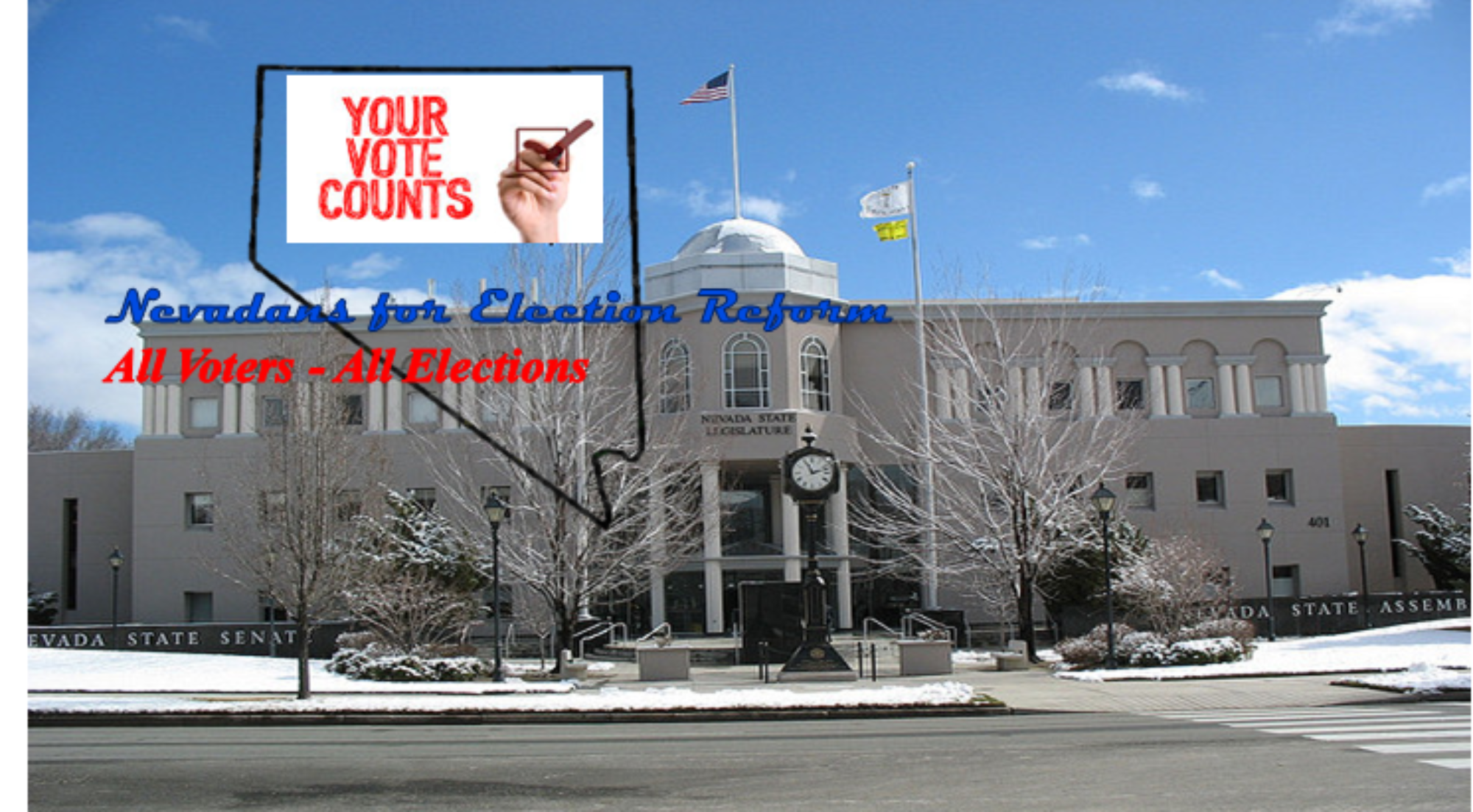In an update to their 2014 study, “The Next America: Boomers, Millennials, and the Looming Generational Showdown,” to be released this week, the Pew Research Center along with their former executive vice president Paul Taylor present data that should not surprise anyone. The hyper-partisan divide infecting our political structure is not only still active, it may have gotten worse.
Some highlights:
The use of partisan ideology as criteria for personal relationships is increasing. Added to this is an increasing level of distrust, denial of opposing facts, and doubt of motives and love of country. The authors observe “It’s as if they belong not to rival parties but alien tribes.”
The two major parties are becoming more demographically homogeneous. As the country grows less white and social tolerance gains acceptance among the younger yet largest generation, the shrinking party bases are becoming less inclusive. The Republican Party base is now whiter, older, more religious, and socially conservative. In contrast, the Democratic Party base is younger, racially diverse, secular, and more acceptant of social differences. This homogeneity is further highlighted in the growing generational gap in voting trends.
Partisan beliefs continue to be a major and growing consideration in determining where we chose to live, who we chose as friends, who we marry, and where we get our information.
As the partisan divide becomes wider, more voters are choosing to abandon political parties in general. While this trend is present in all generations, it is most prevalent among the millennial generation, those between the ages of 18 and 34. This becomes more important since this generation is now the largest. As I post each month, this is true in Nevada where the percentage among this age group registered to vote as Non-Partisan is 10 percent higher than the overall state percentage.
Those wanting elected officials to collaborate, work together, and compromise are the new “silent majority”. However, in this age of social media and the accompanying pontification, there is no leader able to overcome the volume of the hyper-partisan extremes.
Election turnout plays a major role in allowing this partisan divide to survive. Historically, older voters tend to vote in non-presidential years in far greater numbers that younger voters. With ideological extremes dominating, this has created the large swings we have witnessed; a Democratic president re-elected and a strongly conservation congress maintaining a majority on the national level and a shift to the right in state governments
I posted two articles highlighting the growing partisan divide in 2014. Those posts are available hereand here. As shown in this updated work by Pew Research and Paul Taylor, this divide is widening, negatively impacting our political systems and overall society.
The Nevada legislature can take a step to reverse this polarizing trend when they next meet in February, 2017 by enacting the Nevada Election Modernization and Reform Act.
